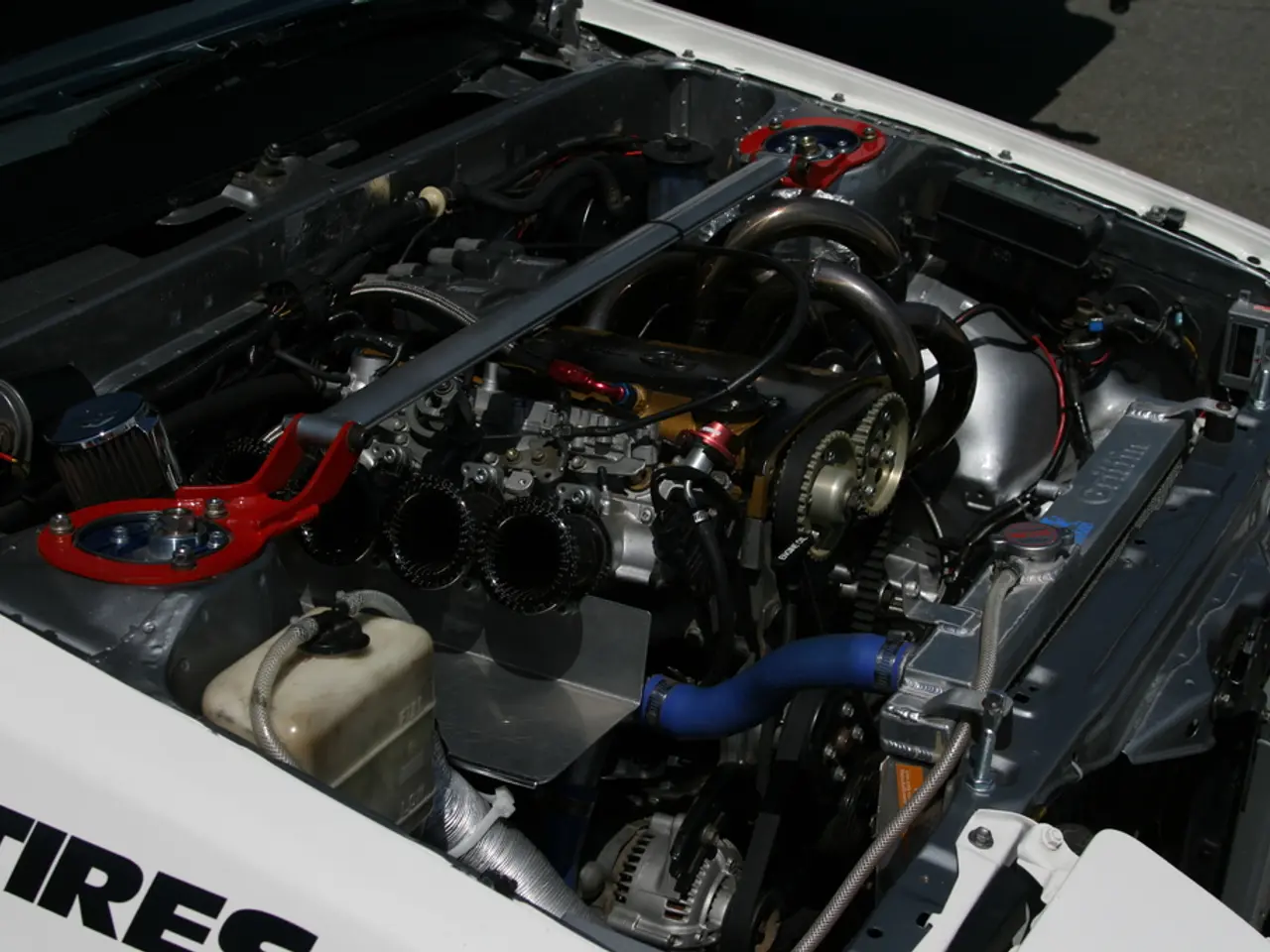GM Begins Production of LFP Models in Tennessee Plants
American automakers General Motors (GM) and Ford are making a significant shift towards Lithium-Iron-Phosphate (LFP) battery cells, a cost-effective and durable alternative to Nickel-Cobalt-Manganese-Aluminum (NCMA) cells.
The decision to adopt LFP cells comes as a strategic move to produce more affordable electric vehicles (EVs) and strengthen the U.S. supply chain. The lower cost and less reliance on scarce, expensive materials like cobalt and nickel make LFP an attractive choice for producing EVs domestically.
GM, in collaboration with LG Energy Solution, will produce LFP battery cells at their plant in Spring Hill, Tennessee, starting from 2025. The existing production lines at the Spring Hill plant will be retrofitted for LFP cell production, with commercial production expected to commence by the end of 2027. The Spring Hill plant will continue to have commercial LFP cell production by the end of 2027.
The new LFP cells produced at the Spring Hill plant will be used in future GM models, including budget-friendly EVs like the Chevrolet Bolt and Equinox that don't require high range but benefit from cost and durability. For long-range needs in trucks and SUVs, GM will continue to produce NCMA cells at its Ohio plant, separate from the Spring Hill plant.
LFP batteries offer several advantages over NCMA cells. They are more cost-effective, endure more charge-discharge cycles before degradation, can be charged to 100% without accelerating degradation, and run cooler, improving safety and reducing cooling system demands. However, LFP batteries store less energy per unit weight, requiring more cells and a larger battery pack to achieve the same EV range as NCMA, increasing vehicle weight and potentially reducing interior space.
Beyond vehicles, LFP’s stability and cost profile make it suitable for stationary energy storage solutions, supporting grid demand and increasing energy resilience, which aligns with GM’s broader energy strategy.
Ford has also shown interest in LFP cells, recognising their potential for producing affordable EVs and scaling domestically. The company is yet to announce specific plans for LFP cell production but is expected to follow GM's lead in the near future.
In summary, the shift towards LFP battery cells aligns with American automakers' goals of producing affordable, domestically sourced EVs and balancing range needs with cost and sustainability. The trade-off in energy density is managed by applying different chemistries to different vehicle types. GM, in particular, is exploring the potential of producing Lithium-Manganese-rich cells at the Spring Hill plant, aiming to be the first automaker to implement Lithium-Manganese-rich cell production on a large scale.
Technology will play a crucial role in GM's production of Lithium-Iron-Phosphate (LFP) battery cells at their Spring Hill plant, as they retrofit existing lines for LFP cell production.
Ford, recognizing the potential of LFP cells for producing affordable EVs, is expected to follow GM's lead in adopting this technology in the near future.




